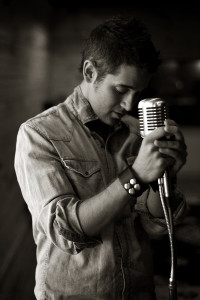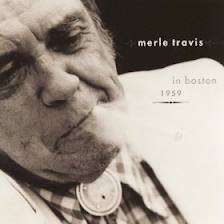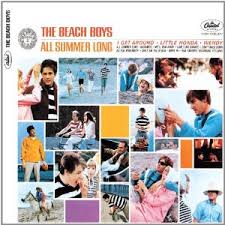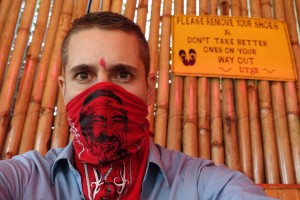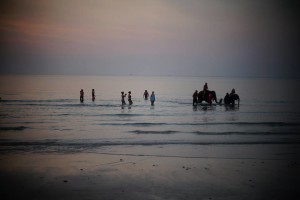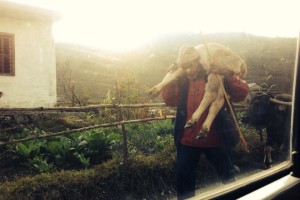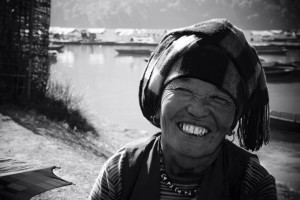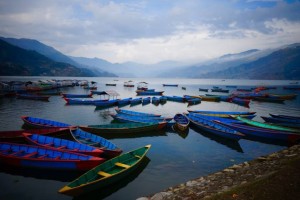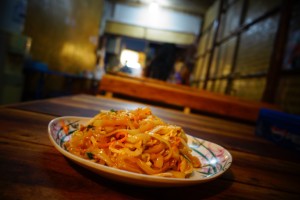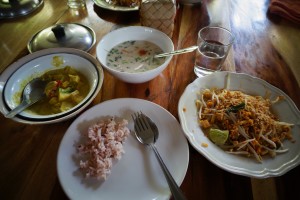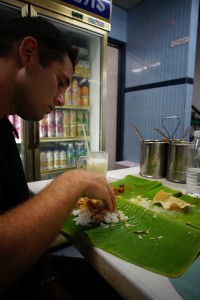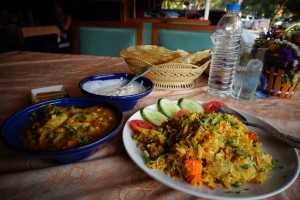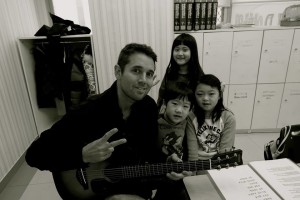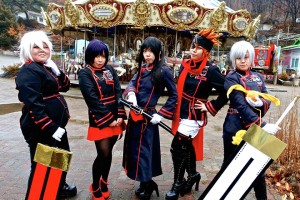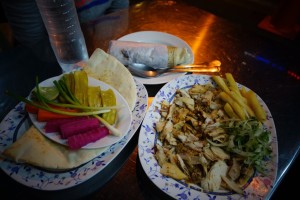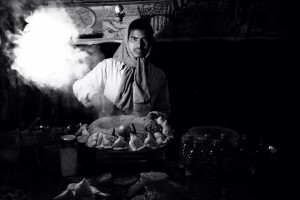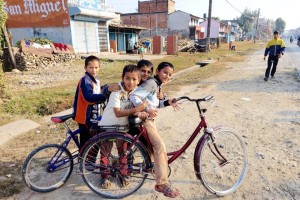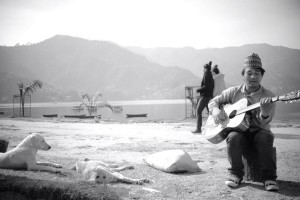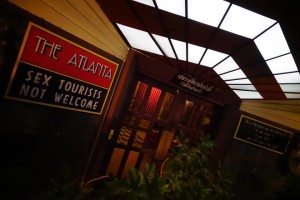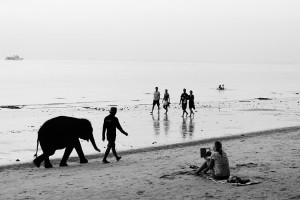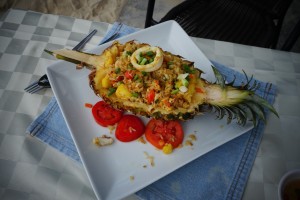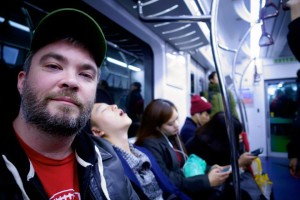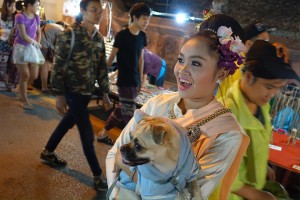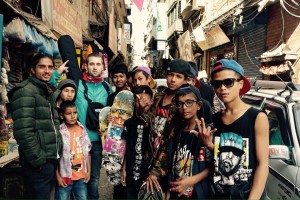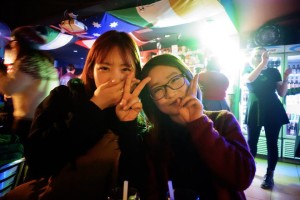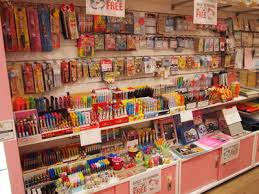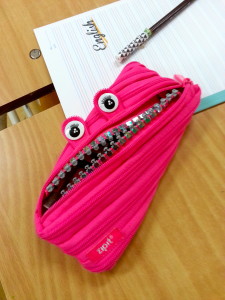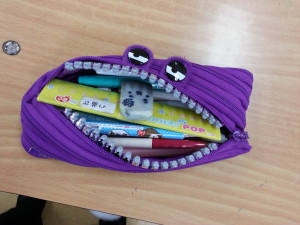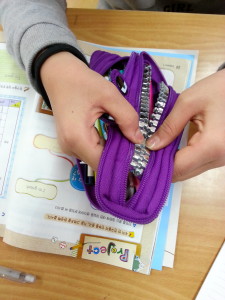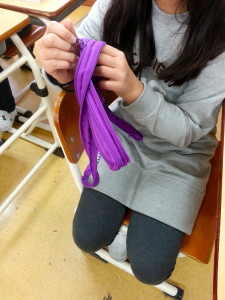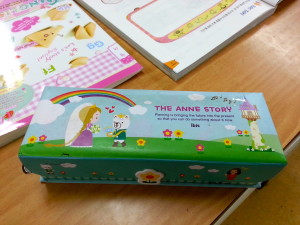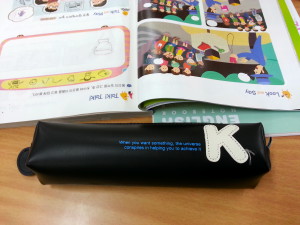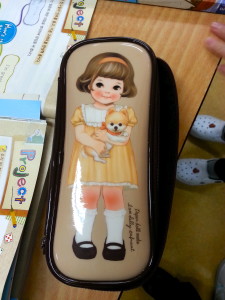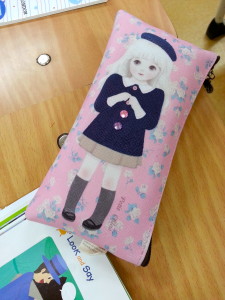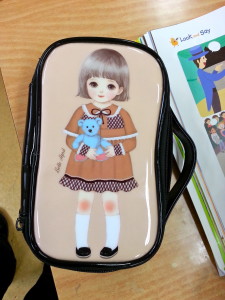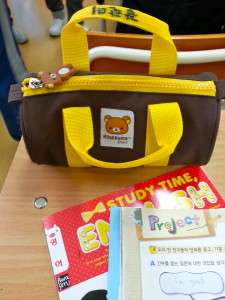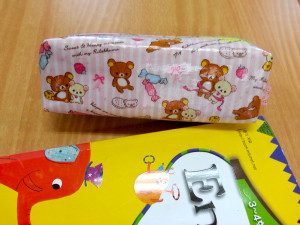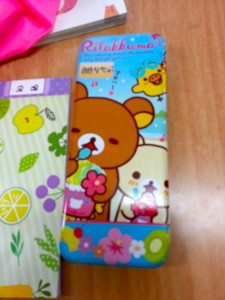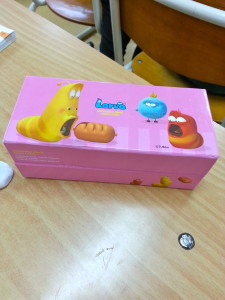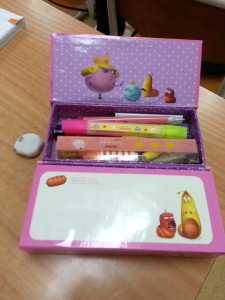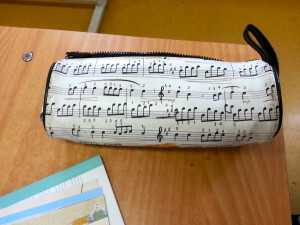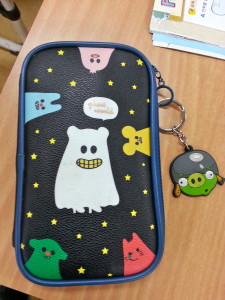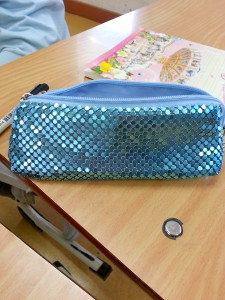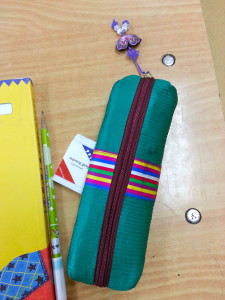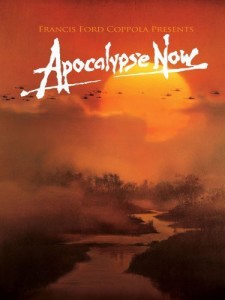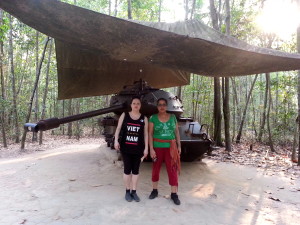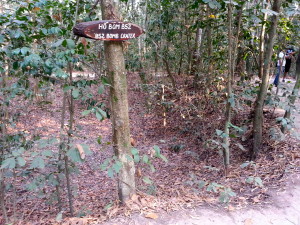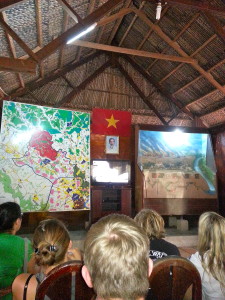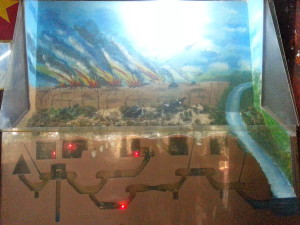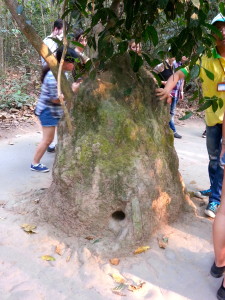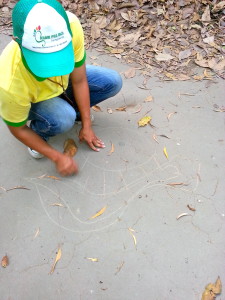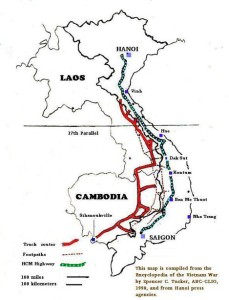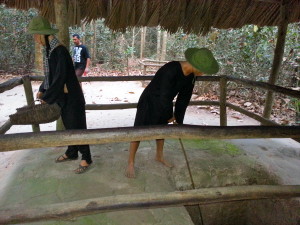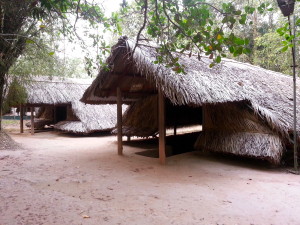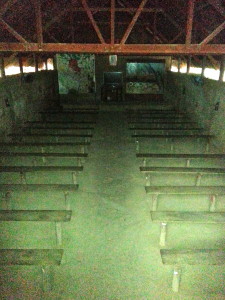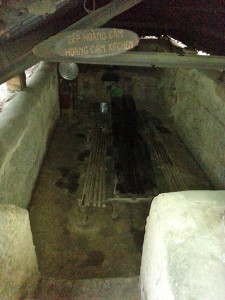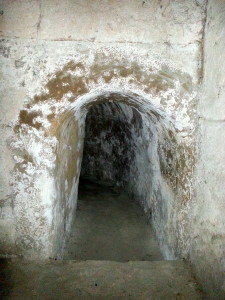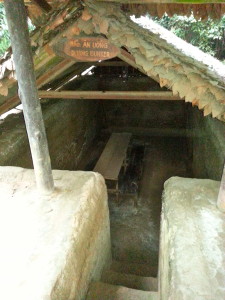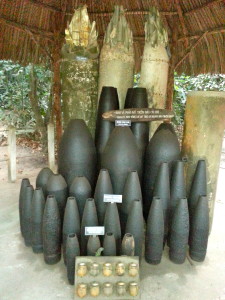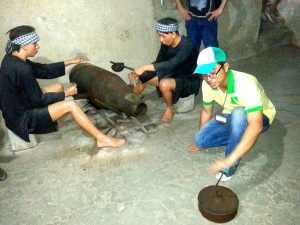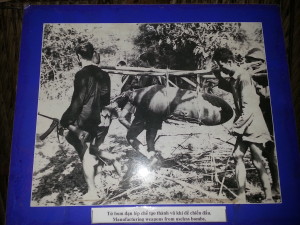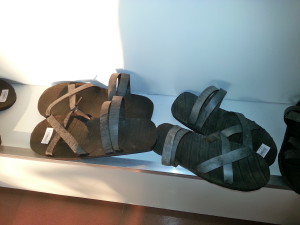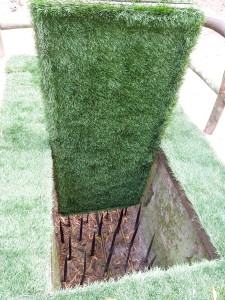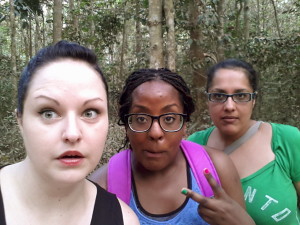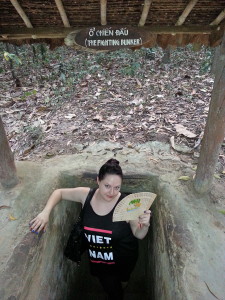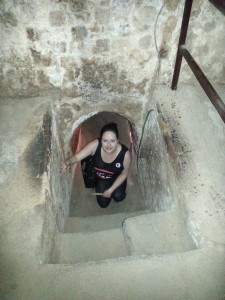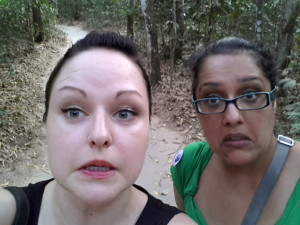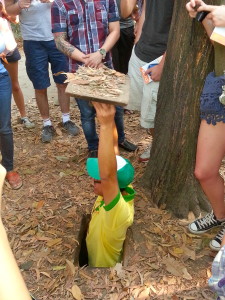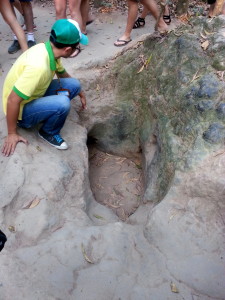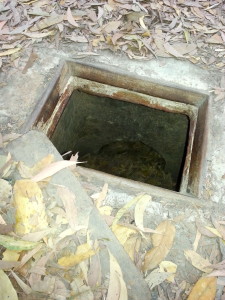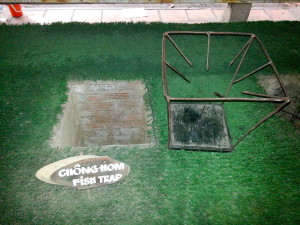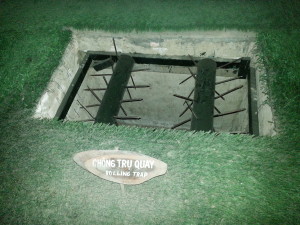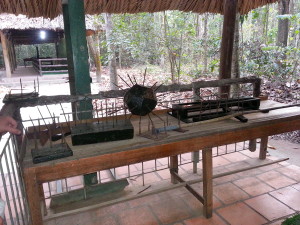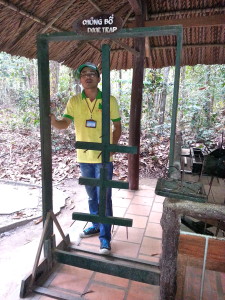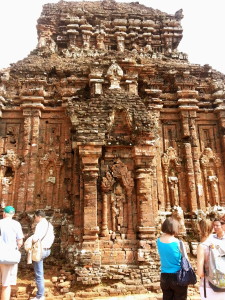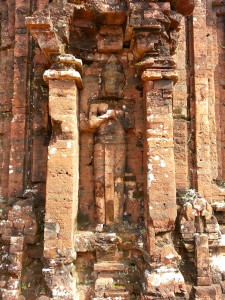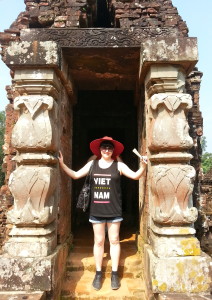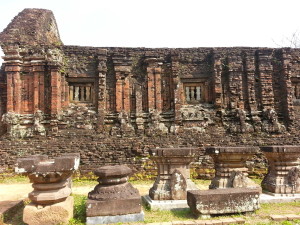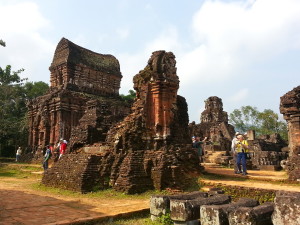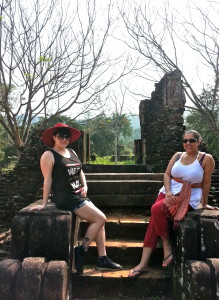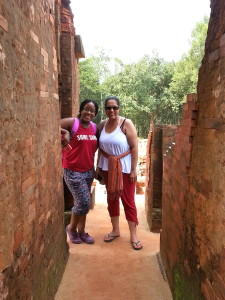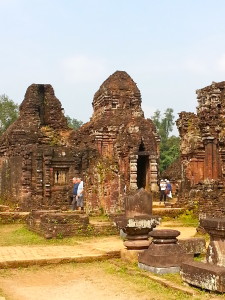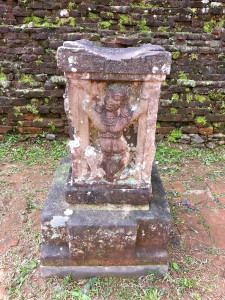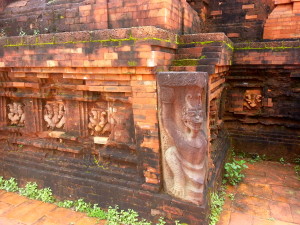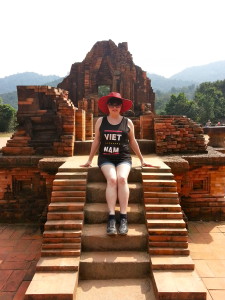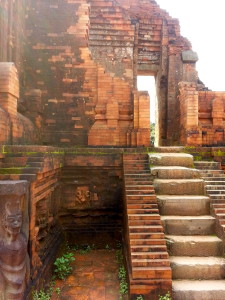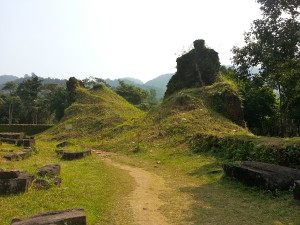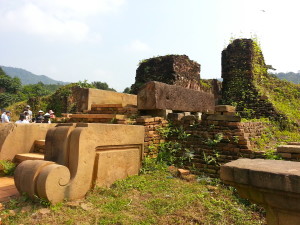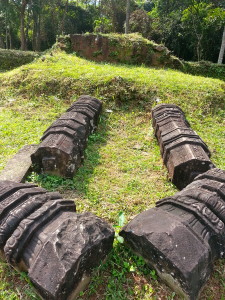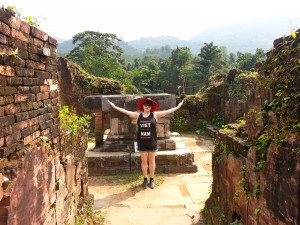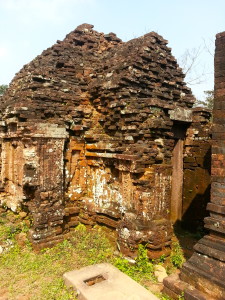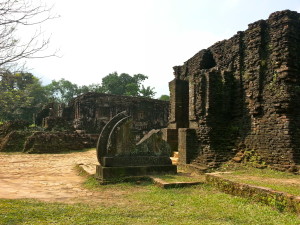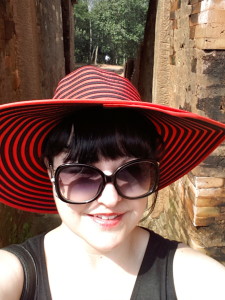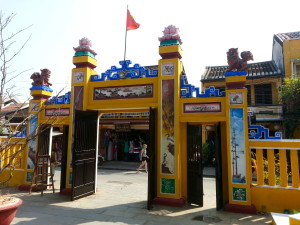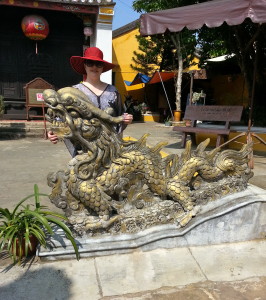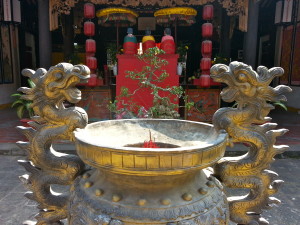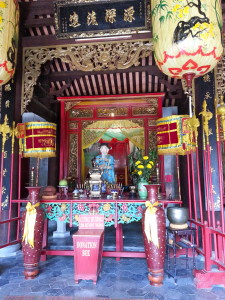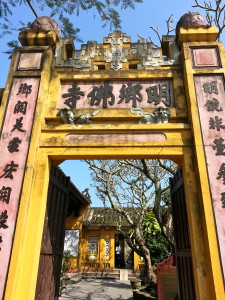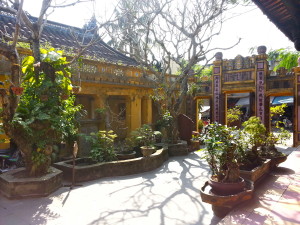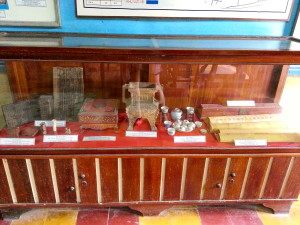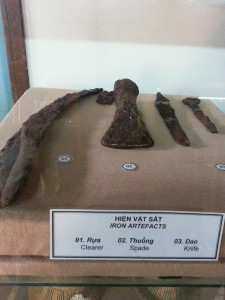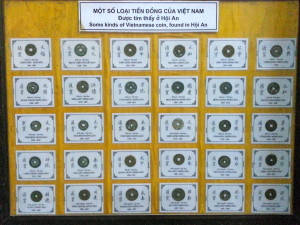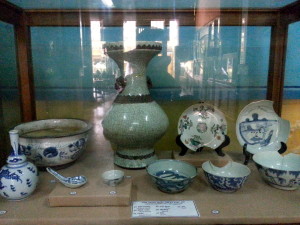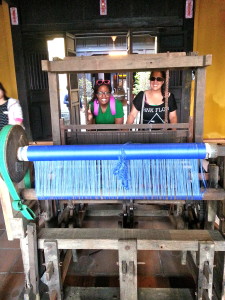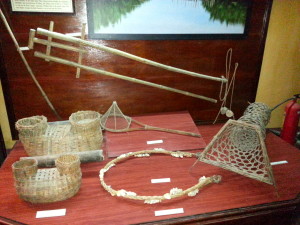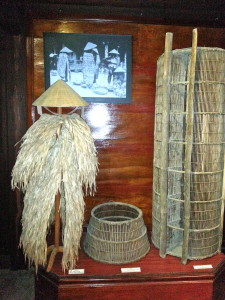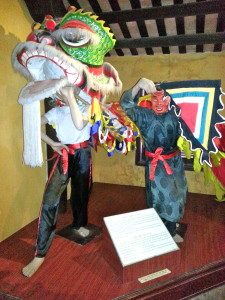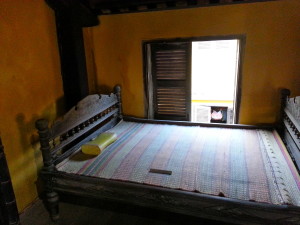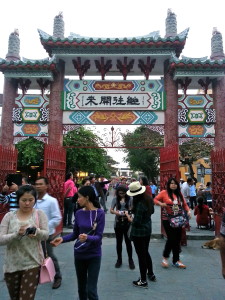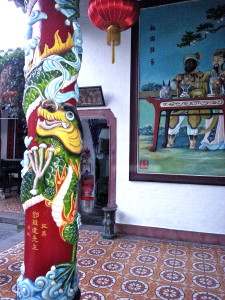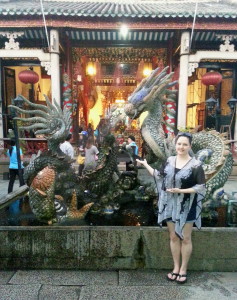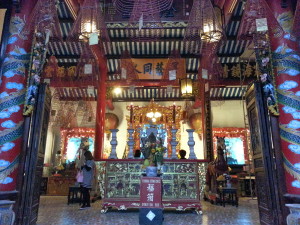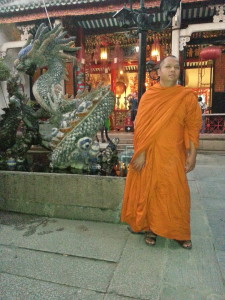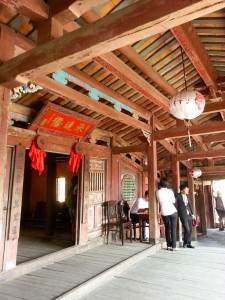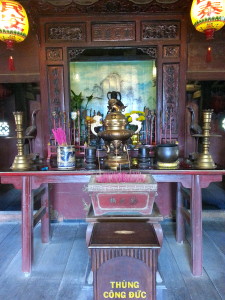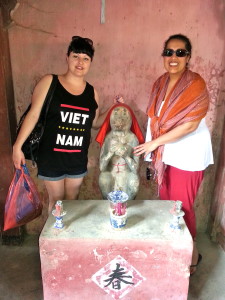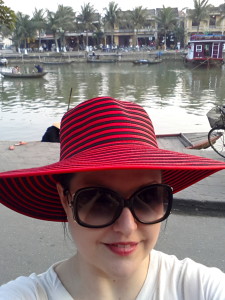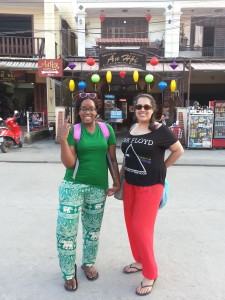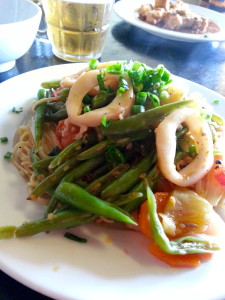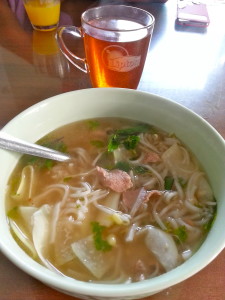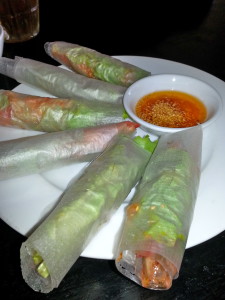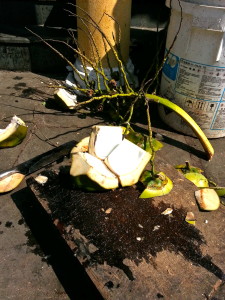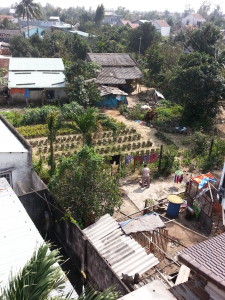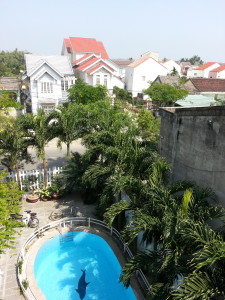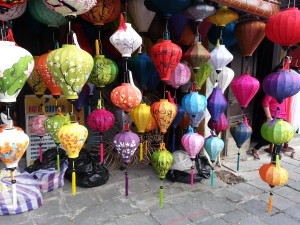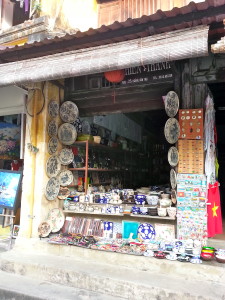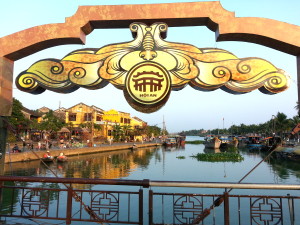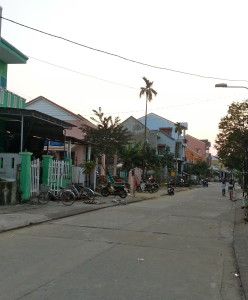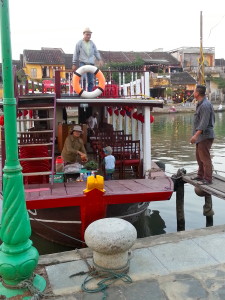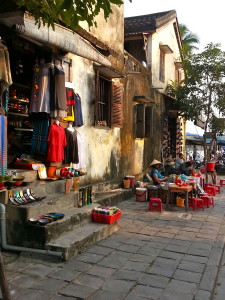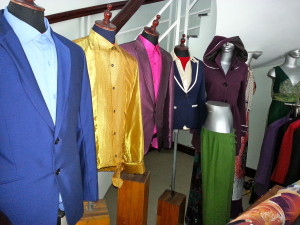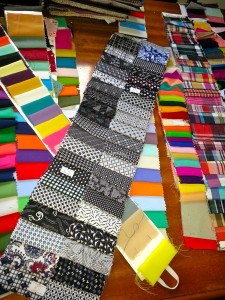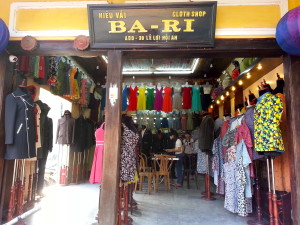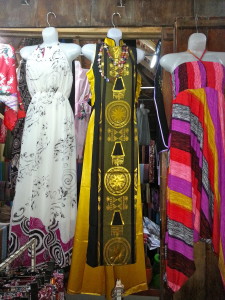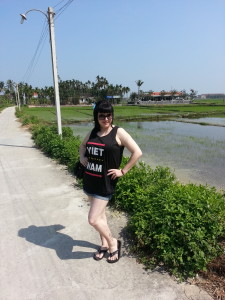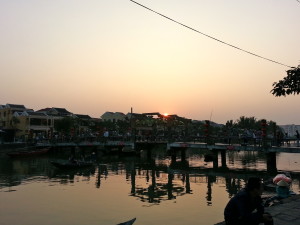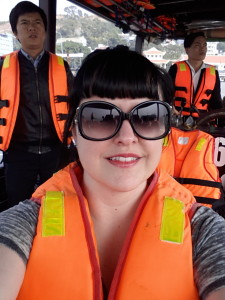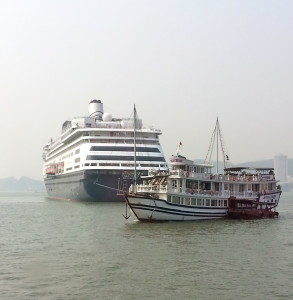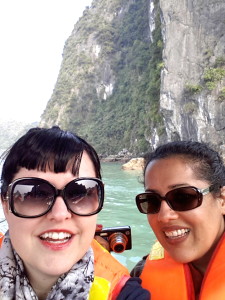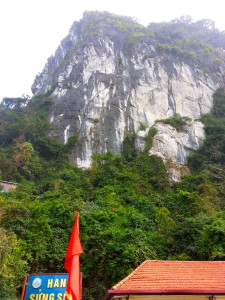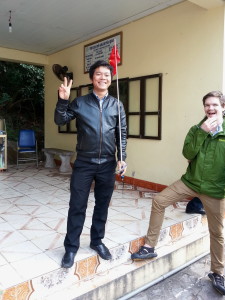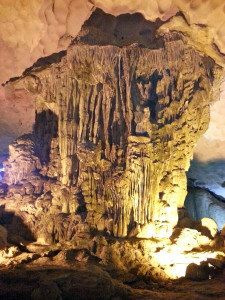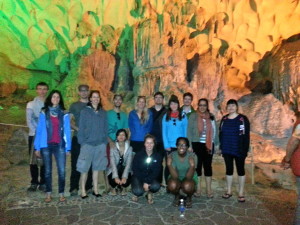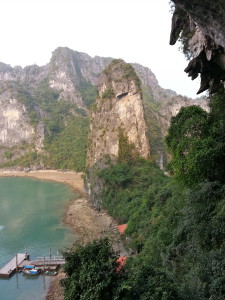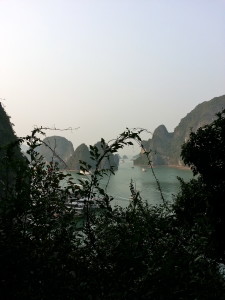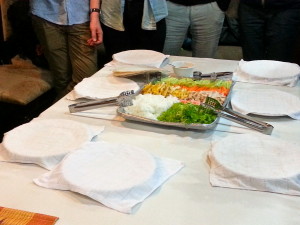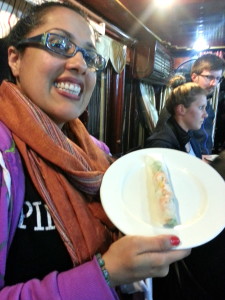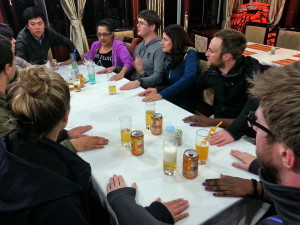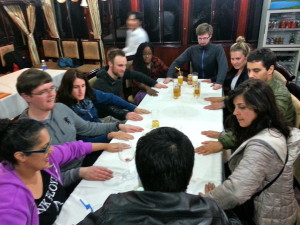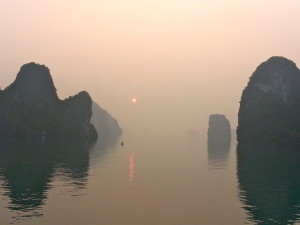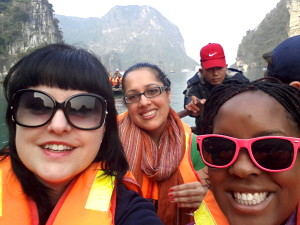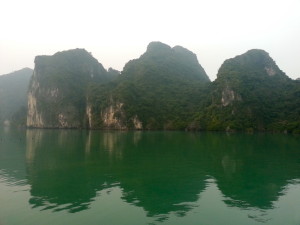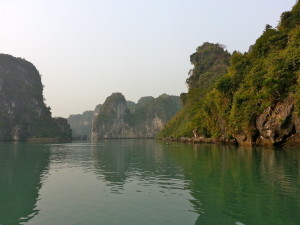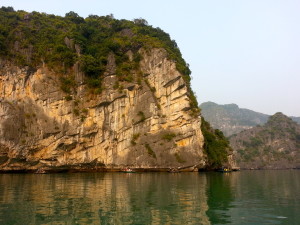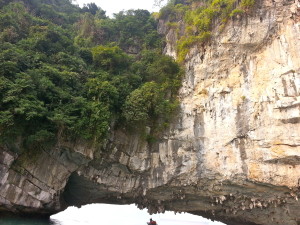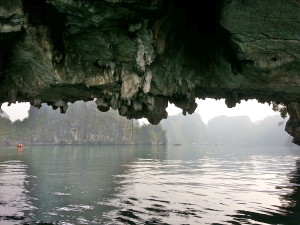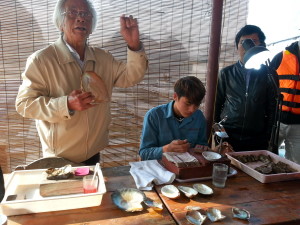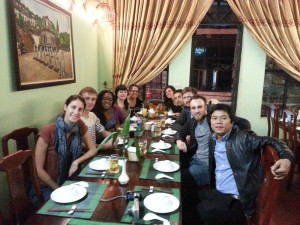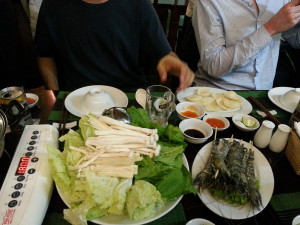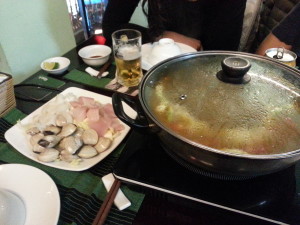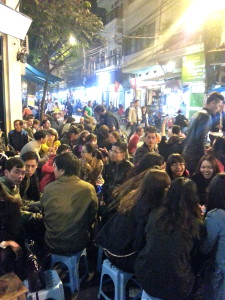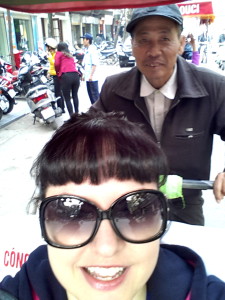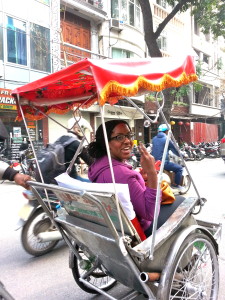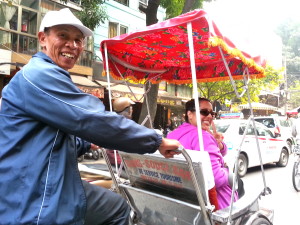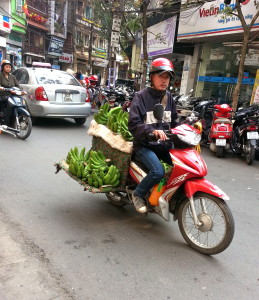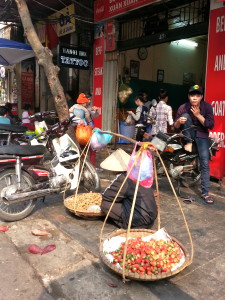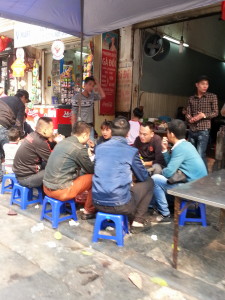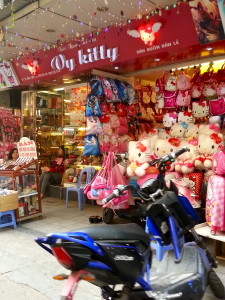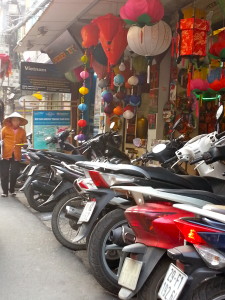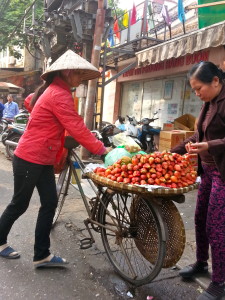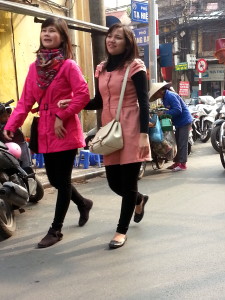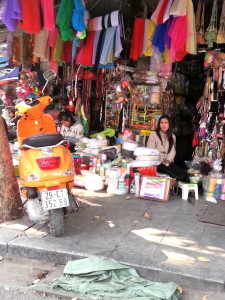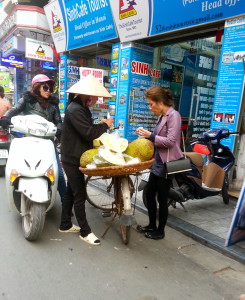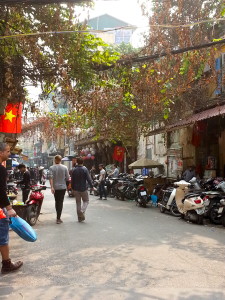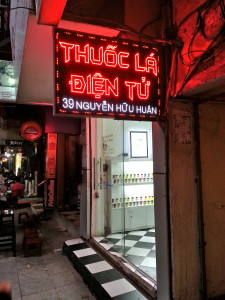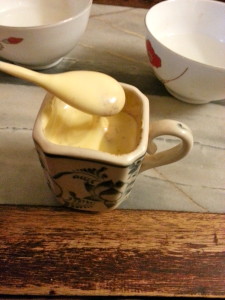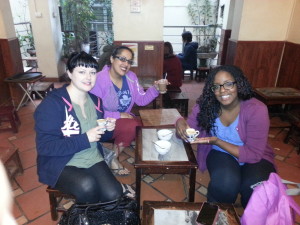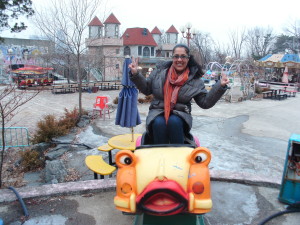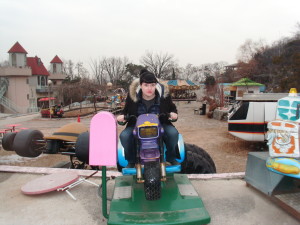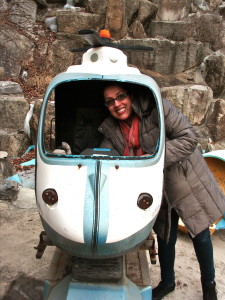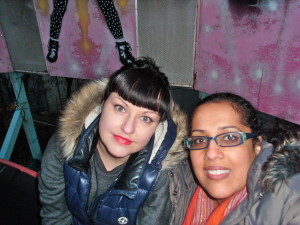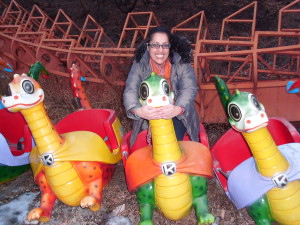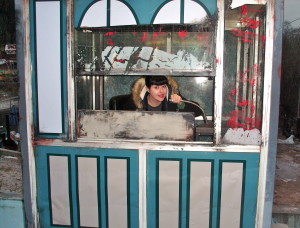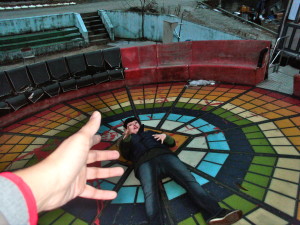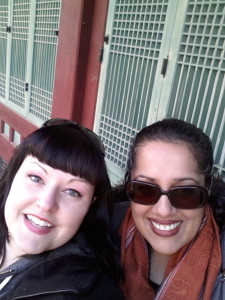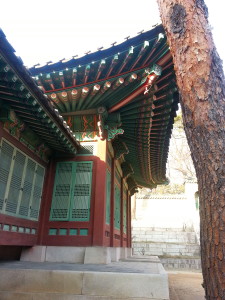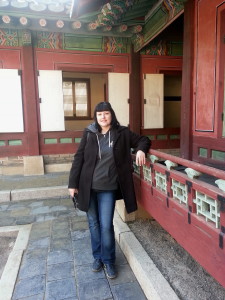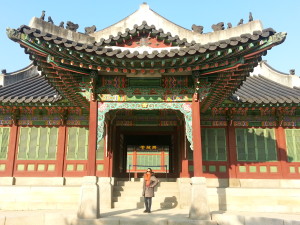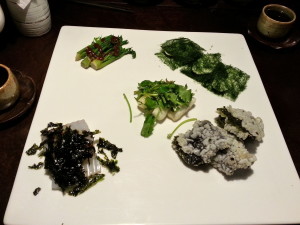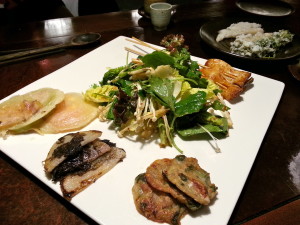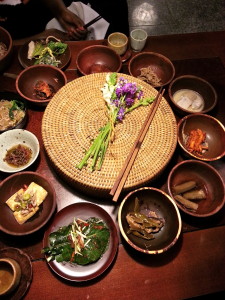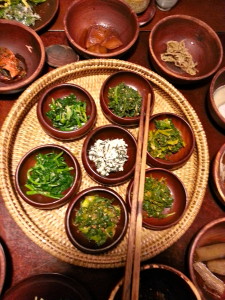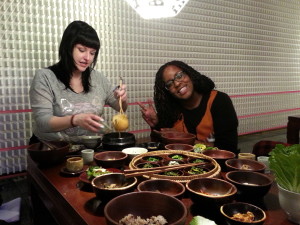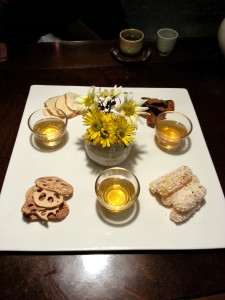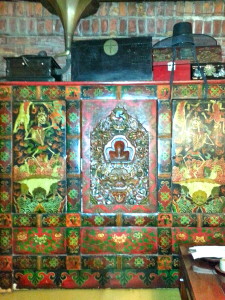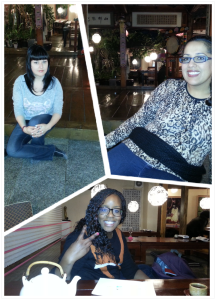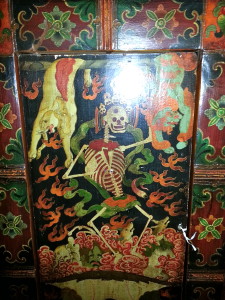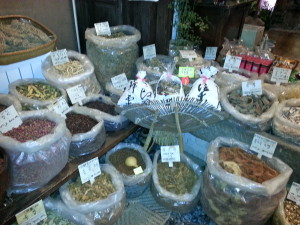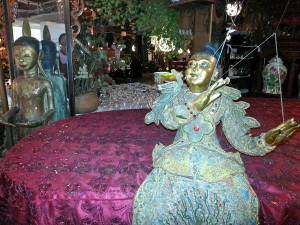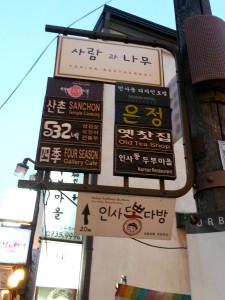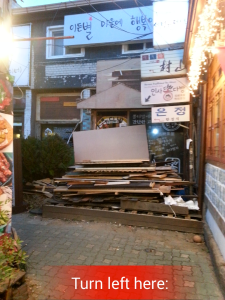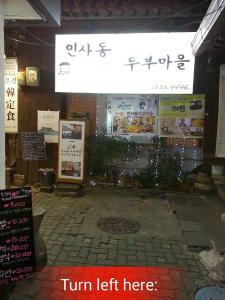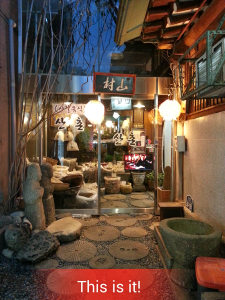An East Coast legend in-the-making, Canadian singer/songwriter Ryan Cook has been making music since 2007, banking over 700 performances across Canada and Nashville since then. With his unique style of classic country blended with a bit of folk, a touch of jazz and hint of bluegrass, Ryan Cook has been dominating the East Coast and beyond. From his hometown of Yarmouth, Nova Scotia, he grew up against the grain of country music that surrounded him. Over time he went from playing in punk rock and death metal bands to gradually falling for the nostalgia of country – then made it his own.
Ryan won the 2008 and 2011 Music Nova Scotia Country/Bluegrass Album of the Year award, garnering 12 nominations collectively since 2007 from both the East Coast Music Awards and Music Nova Scotia. I had the chance to catch up with him in South Korea as he wound down his three and a half month tour of Asia.
1. What inspired this trip to Asia?
My motivation was that it’s always been in my heart to see Asia but only now at age 33 was I able to get past my fear of flying to make it a reality. That coupled with my independence as a self-employed musician and just enough money to pull it off made it feasible for me to do this now. I also wanted to make connections with my music and perhaps open up some avenues for performing outside of North America. I only partially fulfilled this portion of intentions though as a few things happened along the way that forced me to consider spending my time learning and listening to the people and culture before sizing up what parts of it I could turn into profit.
2. You’re a musician. You must have some favourite travel albums. Care to share your top 5 with KIK readers?
Most defitntely! Here’s what I listened to on my recent trip:
1. The Four Freshmen Four complete albums Disc 1-2
2. The Beach Boys All Summer Long
3. Merle Travis Live in Boston 1959
4. Northern Thai Folks Songs (Unknown Artist, purchased at Night Bazzar in Chiang Mai)
5. Podcasts: Joe Rogan Experience, Bill Burr, Vice, This American Life, RadioLab and others.
3. You spent a month in Nepal, 2 months in Thailand and a week in both Malaysia and South Korea. That’s a long way from home. Did you embark on this trip on your own?
My cousin Barry (60 years old) was with me throughout the first month in Nepal and I owe a great deal to him. Not only for his patience and guidance but for the inspiration to travel in the first place. If I had done the whole thing alone I would have made many mistakes and lost a bunch of money in the process. I’d highly recommend traveling for the first time with a seasoned vet but then again who wouldn’t?
4. What surprised you most about a) Nepal b) Thailand c) Malaysia and d) South Korea?
Nepal: The pollution, I was simply not prepared for. The urine and sewage I was prepared for (I think) but the actual smog from vehicles and machinery was not something that was easy for me to transition to. I was also very surprised by how cold it could be in Nepal. I actually left Nepal two weeks earlier than planned because of the weather and pollution. I could feel subtle respiratory effects the whole time I was there and often felt sick just from walking the streets.
Thailand: I was surprised by how civil everything was in Thailand. Coming from Nepal (my first non-North American experience) Thailand seemed very civil and clean by comparison. I was also greatly surprised by how much I did not like the Thai food. I expected to love it but the way it’s prepared is too greasy for me. It was mostly street food – nothing fancy. I like to cook Thai food on my own but did not enjoy eating it while in Thailand.
Malaysia: Malaysia was the only place that was almost as I envisioned it. When I was 19 a friend and I hatched a plan to move to Malaysia so we did a lot of reading and research on it. As a result it was really quite like I expected and I absolutely loved it. I did not find it to be as expensive as other travellers had suggested. I was also overwhelmed by the food in Malaysia and I wanted it all. It was a completely different food experience from Thailand.
South Korea: At first Korea seemed cold and dreary and my money didn’t seem to go very far. That being said, I had the most fun of my entire trip while in Korea. I think perhaps the company I kept had something to do with it. The rest of my trip was mostly a solo adventure. The surprises never ended while I was there. It was so dramatically different from the three other Asian countries I visited. Korea felt very prosperous and modern and outside of the February cold, the people were amazingly friendly and hip.
5. Which country’s cuisine was your favourite?
Malaysia was my favourite because of the combination of equally available Indian, Malay, Chinese and middle-eastern food. You can have it all in Malaysia and it’s authentic which was refreshing.
6. From what you saw, what do you think is the biggest misconception about the countries you traveled through?
Nepal: The biggest misconception that I had personally was that it would be warm because it’s in Asia. This is not the case in December. Nepal is mostly as affordable as it’s cited to be but I found every country to be a bit more expensive than research indicated. For example in Nepal there is as much as 24% added tax at select restaurants and hotels which really adds up. A good gauge when researching a travel destination is to add 15% to everything you see. That paints a more balanced picture.
Thailand: The sex tourism was more intense than I had considered in Thailand. I always thought of Thailand as being a “provocative” place but sex is almost literally the lubricant that runs that nation. Sex is very much a part of the culture in every way. I was most surprised by how unhealthy the available food was as well. So much refined sugar and processed food; I have no idea how they do it. It was very difficult to eat healthy in Thailand. I gained weight while I was there.
Malaysia: More affordable then the travel guides would lead you to believe. It may seem a bit expensive compared to Thailand but you also get more for your money in Malaysia. The motels/guesthouses are generally nicer and the food is far superior. For example I paid $55/night (CAD) for a really nice 4 star hotel with a patio in Pattaya, Thailand but only $40/night (CAD) for an equally impressive 4 star hotel in downtown Georgetown, Malaysia that included a free buffet breakfast. These prices are high but I was traveling with another Canadian at the time so all costs were split.
South Korea: I was surprised by how honest and safe Korea is. Unless of course you are at a live karaoke bar on the wrong side of Seoul and you decide to sing Stevie Wonder. (There was a bit a of bar brawl there that KIK was witness to. Apparently some people never learned how to share the mic.)
7. What would you advise a future traveler to Asia to pack in their suitcase?
If you work from a lap-top or use one in your daily life and are in any way relying on it, a tablet will not work as a replacement. I attempted (and failed) to transition to working primarily from an iPad/Bluetooh keyboard for this trip and it was highly regrettable. I was shooting high-definition footage and wanted to edit and post pictures and video which is doable on an iPad but the compression was maddening. Ultimately I had my computer shipped over to Asia. A tablet cannot replace a lap-top unless you have very minimal needs such as social networking and light e-mail.
8. If you could tell a newly arriving traveler to Asia something you wish you were told, what would it be?
Listen as much as possible to who and what is around you. Spend more time listening than talking. You will learn to be patient. You will find that everyone has a story. You will also learn a great deal more about yourself then you would expect. Being in a foreign place does not change who you are or make your life more exciting. If you are an introverted person at home you will be an introvert in Thailand. There are ways around this and one suggestion is to stay in dorm room with multiple bunks. This may force you out of your comfort zone just enough to try something new.
Ryan Cook is currently residing in Ontario and eagerly awaiting spring while booking shows for 2015. His future travel plans include hopes of returning to Asia in 2016 but nothing is certain as of yet. If he does travel that far again, India and China are on the short list, as well as Cuba and Mexico. The western side of the United States is also on his radar, namely Arizona and California. To get in touch with Ryan, check out ryancook.ca as well as his Facebook and Twitter.
Check out Ryan’s performance of “Sun” with seven year-old senior kindergarteners the Purple Class, here:
Special shout-out to Sarah Collins for teaching “Sun” to the Purple Class!
Also check out his new video called “Merle Travis Medley” from Ryan Cook & The Valley Singers right here:
https://www.youtube.com/watch?v=Z3XMNtutXD0
Sample his new album Wrestling with Demons here.
Until next time Dear Readers, stay warm and be well.
*All photos courtesy of Ryan Cook.

